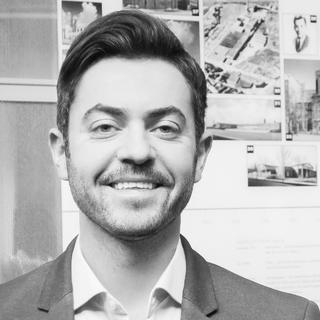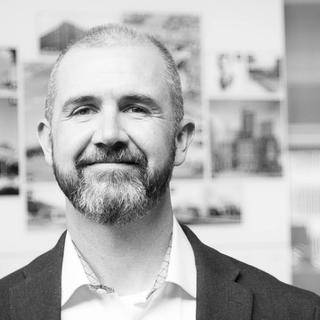The proposed site was the former home of Dacia Textile, a local textile manufacturing company. By 1938, almost 18,000 workers were employed by the textile industry in Romania. Without doubt, Dacia Textile contributed to the lives of thousands of workers and locals, and was likely responsible for the original development of the immediate neighborhood.
We decided to tell a story about context and place through architectural expression. The efficient industrial grid of the factory was expressed on the building façade (this was a converging idea to our need for an efficient and cost effective building).
We introduced detailed brick masonry work and arched factory-like window storefronts at the podium to capture the materiality, geometry and the spirit of the industrial Dacia Textile building. We also began to investigate the very thing that Dacia was producing - textile.
Textile weaving ("vava" in Swedish) pattern grids are always the same, but the textile patterns that can be generated from them are complex and almost infinite. We used this same approach.
We generated a simple grid façade and overlaid a pattern of green terraces and metal textures that added variety and interest to the façade. In other words, the facade’s complexity comes from what you weave over it.
Our grid was generated from an 8.1m structural module and a 1.35m planning module. Our terraces and façade elements were then allocated to give tenants access to green terraces, light and views.





















